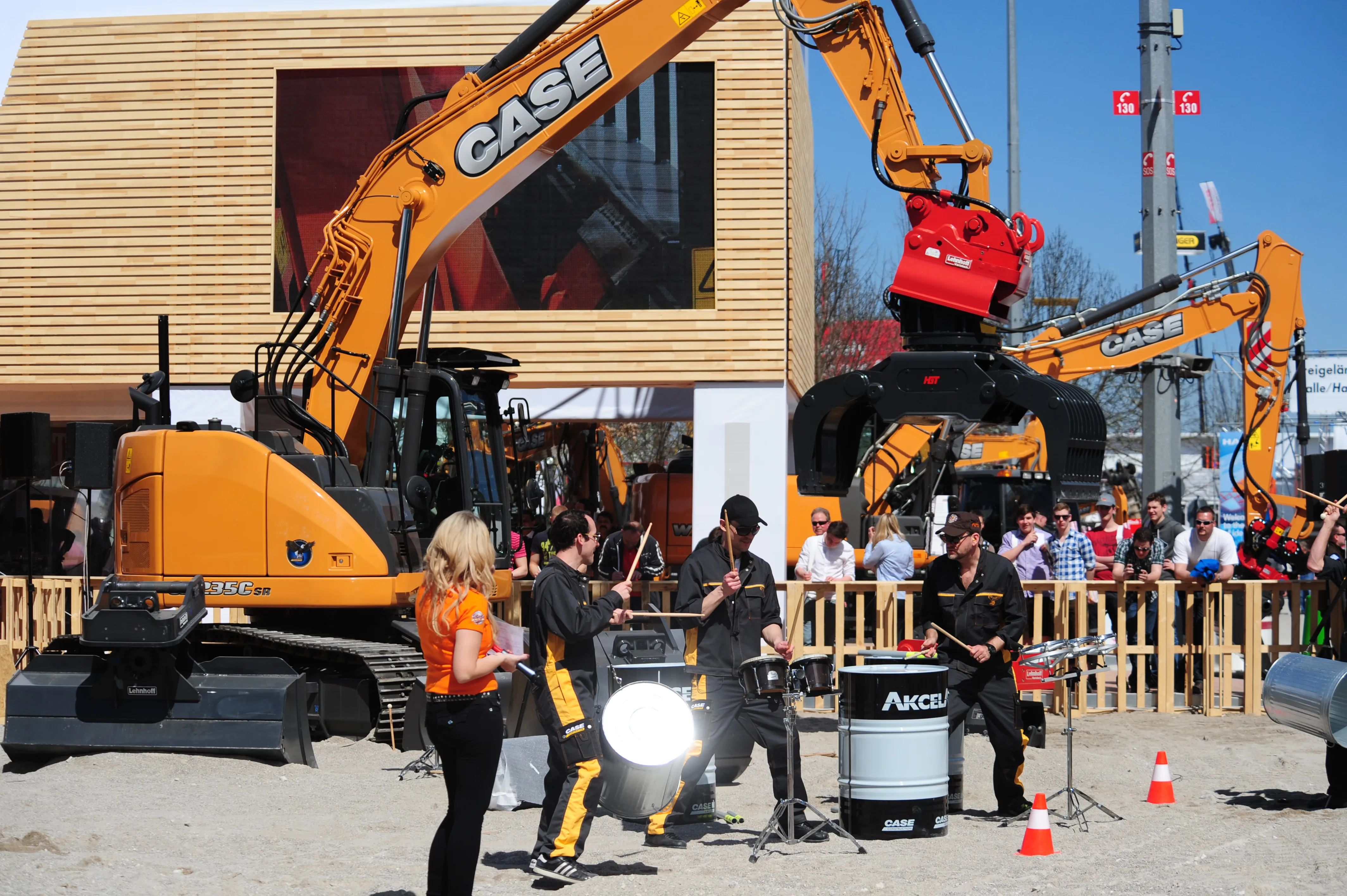According to a report from Pike Research, hybrid electric vehicles (HEVs) and plug-in electric vehicles (PEVs) combined will represent 3.1 per cent of worldwide auto sales by 2017. Thanks to predicted higher penetration rates in the United States, Pike believes HEVs and PEVs will account for 5.1 per cent of total US vehicle sales in 2017.
April 25, 2012
Read time: 2 mins
According to a report from 4077 Pike Research, hybrid electric vehicles (HEVs) and plug-in electric vehicles (PEVs) combined will represent 3.1 per cent of worldwide auto sales by 2017. Thanks to predicted higher penetration rates in the United States, Pike believes HEVs and PEVs will account for 5.1 per cent of total US vehicle sales in 2017.
“The PEV market is anticipated to miss many of the targets set by governments because vehicle programs have not been launching as rapidly as expected even a year ago,” says senior analyst Dave Hurst. “Those targets aside, though, the EV market will grow at a rapid clip in the next six years – at a rate of nearly 20 per cent a year, compared to fewer than four per cent for the worldwide market for vehicles of all kinds.”
Overall, the Asia Pacific region is expected to experience the most rapid growth in the number of plug-in electric models, followed by Europe and North America. There will be 26 models of PEVs available in Asia Pacific by the end of 2011, compared to 23 models in Europe and ten in North America. However, strong demand for hybrid electric vehicles (HEVs) in North America will lead to the availability of 40 models by the end of 2012, versus 14 HEV models in Asia Pacific.
Within the United States, the PEV market is currently led by two key models, the2773 Chevrolet Volt and 2454 Nissan Leaf. However, Pike Research anticipates that 3423 Ford’s model diversification and recharging equipment strategy will shake up the market. Ford will likely take the market lead by 2017 with 23.6 per cent PEV market share. 2728 Toyota (with a plug-in version of its popular Prius) and 4070 General Motors will likely find themselves fighting for second with 21.1% and 20.7% market share, respectively. Interestingly, startup 4071 Tesla’s dealer strategy and high price point are expected to limit its market access. Still, Pike Research expects market share for the startup to grow to 4.6% by 2017 from 2.2% in 2011.
“The PEV market is anticipated to miss many of the targets set by governments because vehicle programs have not been launching as rapidly as expected even a year ago,” says senior analyst Dave Hurst. “Those targets aside, though, the EV market will grow at a rapid clip in the next six years – at a rate of nearly 20 per cent a year, compared to fewer than four per cent for the worldwide market for vehicles of all kinds.”
Overall, the Asia Pacific region is expected to experience the most rapid growth in the number of plug-in electric models, followed by Europe and North America. There will be 26 models of PEVs available in Asia Pacific by the end of 2011, compared to 23 models in Europe and ten in North America. However, strong demand for hybrid electric vehicles (HEVs) in North America will lead to the availability of 40 models by the end of 2012, versus 14 HEV models in Asia Pacific.
Within the United States, the PEV market is currently led by two key models, the







